COVID-19’s rapid spread has strained hospital resources across the globe. Personal protective equipment isn’t being manufactured quickly enough to keep up with demand, and emergency wings are being forced to prioritize high-risk patients while sending milder cases home. While some hospitals are erecting temporary tents to receive more patients, coronavirus is easily transmitted, which means they don’t just need more space but more areas designed for complete isolation.
In response to this need, Carlo Ratti—the Italian architect, engineer, activist, and inventor—is spearheading a task-force called CURA, an open-source design template that transforms shipping containers into emergency intensive-care unit pods. This blueprint aims to increase the efficiency with which hospitals can treat ill patients and is designed to be produced and transported to hospitals quickly.
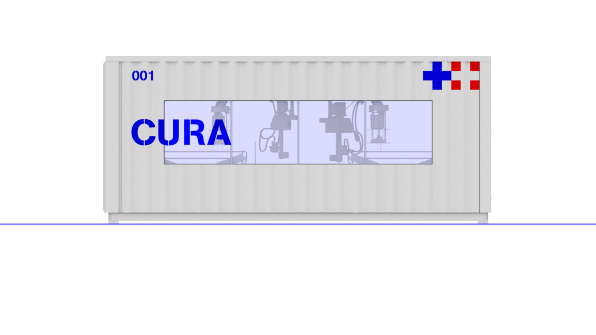
The project, which stands for Connected Unit for Respiratory Ailments, was collaboratively designed by more than 100 architects, designers, doctors, consultants, and engineers from around the world. “We really believe in open source, and this holds especially true in emergency conditions when information exchange becomes fundamental,” Ratti says.
One individual pod will fit two patients and be nested in a 20-foot converted shipping container. “Each pod will be exactly like a small hospital room, with the standard equipment that is necessary for ICU and particularly for respiratory infections,” Ratti says. “The key element will be that the room will guarantee a level of biosafety, thanks to bio-containment with negative pressure.” The direction of airflow in these isolation wards is meant to decrease the likelihood that doctors and nurses will contract the virus; a large number of coronavirus cases in Italy have come from medical professionals being cross-infected.
The first pod prototype is currently being built (blueprints should be available to the public in a few days) and is scheduled to be installed in Milan in roughly three weeks. Each ICU bed, outfitted with essential medical equipment, will cost roughly $75,000 to make, bringing each pod’s price tag to at least $150,ooo. (CURA received funding from Italian bank UniCredit to build the first prototype.)
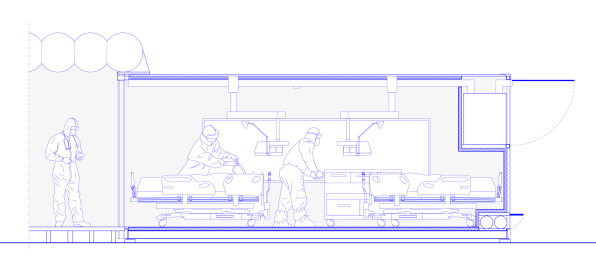
“The virus is spreading so rapidly, and its behavior is often so hard to predict, that a design solution should be not just flexible and agile and inexpensive but also able to provide medical professionals with safe working conditions,” Ratti says. The CURA units, which are easily deployed to any location, can be installed quickly—much like preexisting hospital tents. One challenge with the current crisis is that the designers were spread out over four continents and largely under shelter in place orders. They were forced to conduct project meetings over Skype or Zoom, which “are great tools to discuss, but not always ideal when it comes to co-designing something,” says Ratti.
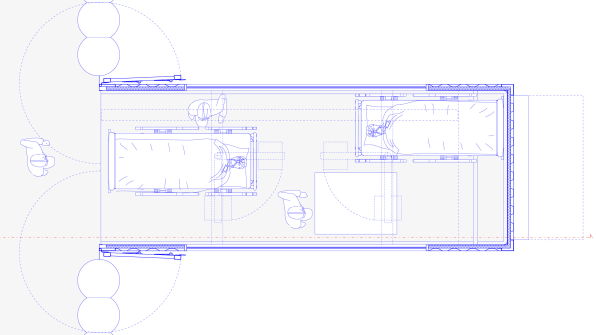
While each pod can exist as its own island, the CURA system has the potential to expand. Ratti and his collaborators are working on a design for an inflatable structure that can attach to the pods and create a corridor that connects multiple modules. “Some pods can be placed in proximity to a hospital to expand the ICU capacity, while others could be used to create self-standing field hospitals of varying sizes,” Ratti says.By recycling existing shipping containers, the CURA system is more efficient than starting from scratch. “When you build a field hospital and then you have to dismantle it after a few months, that can come with a high cost in terms of sustainability,” Ratti says. “In the case of CURA, we can easily move the pods, making the entire process easier and quicker.” Since the spread of the virus is hard to predict, the CURA team is expecting to reuse the structures several times over the coming months, shipping them wherever they’re needed most. The demand is certainly there: In less than 48 hours after launching CURA, Ratti says he received a huge number of requests to collaborate from designers all over the world.
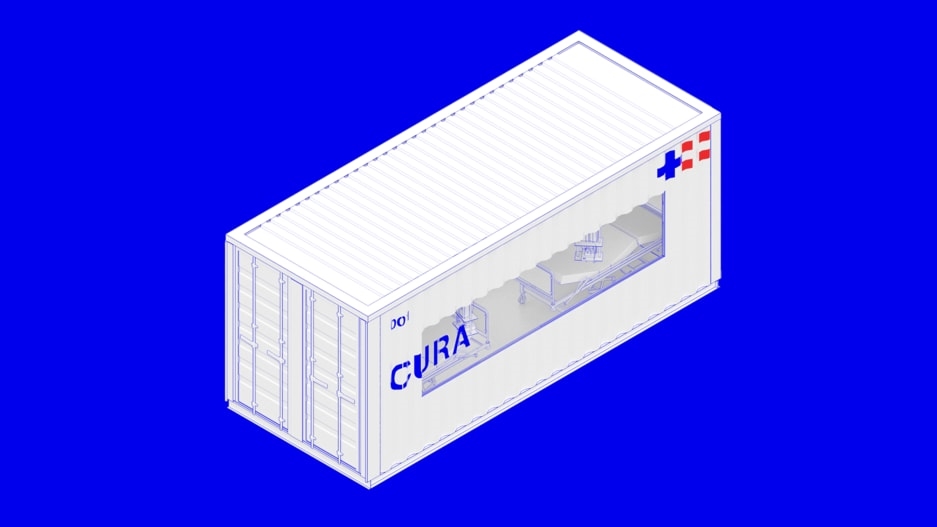
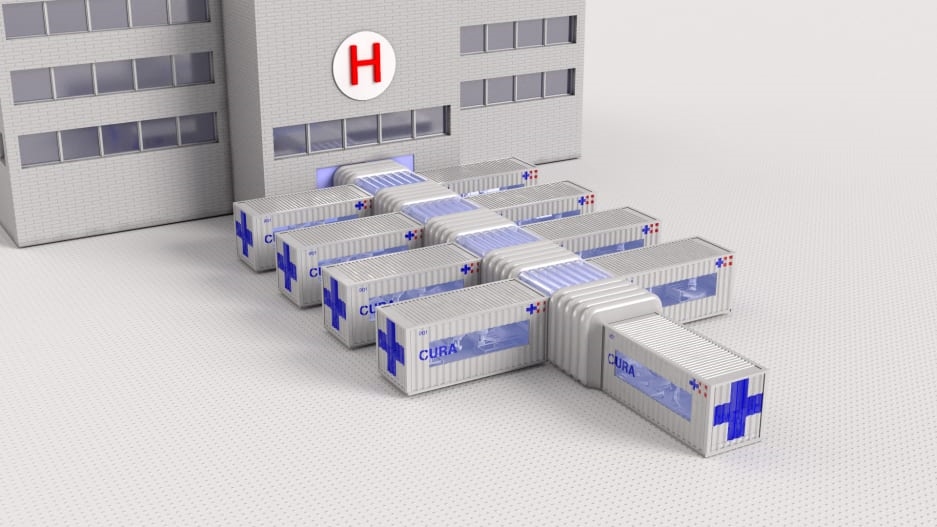
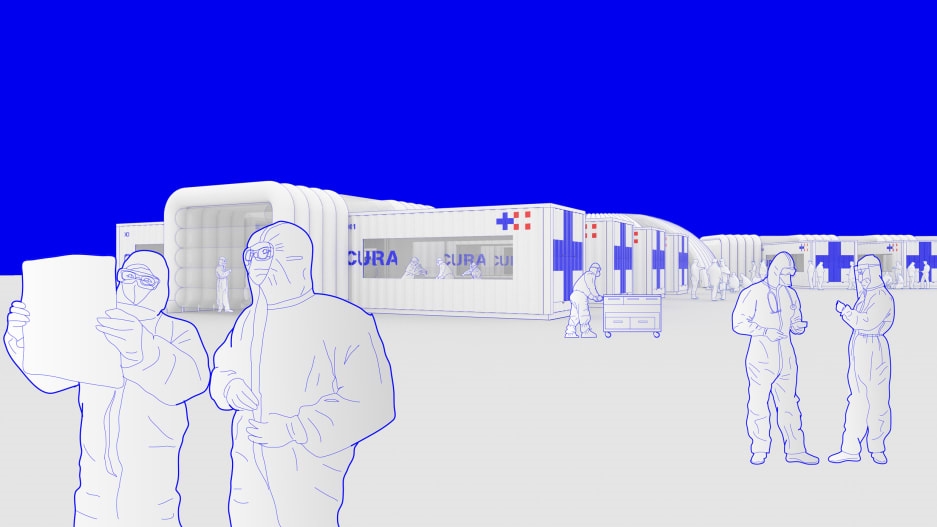
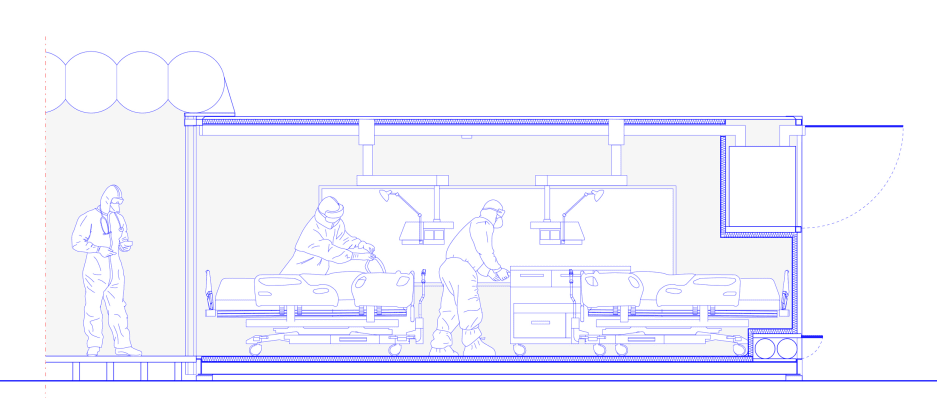

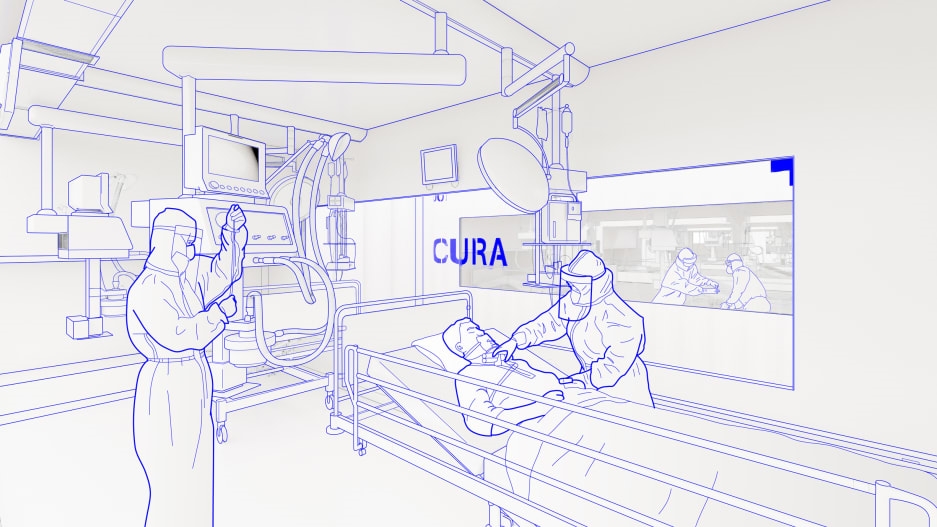
(22)